Deep beneath the rolling hills and ancient mountains of America, a magical phenomenon awaits those brave enough to venture into the darkness. Nature’s own version of a planetarium exists in select caves across our continent, where tiny creatures create stunning displays of electric blue light. These aren’t your typical earthworms glowing faintly in garden soil.
We’re talking about one of the rarest bioluminescent spectacles found anywhere on Earth. These mysterious organisms, known scientifically as Orfelia fultoni, represent one of the very few bioluminescent fly species in North America. Their larvae produce the bluest light ever recorded for any bioluminescent insect, transforming cave walls into breathtaking starscapes. Let’s explore these remarkable underground worlds where science fiction becomes natural reality.
Dismals Canyon, Alabama – The Crown Jewel of American Bioluminescence
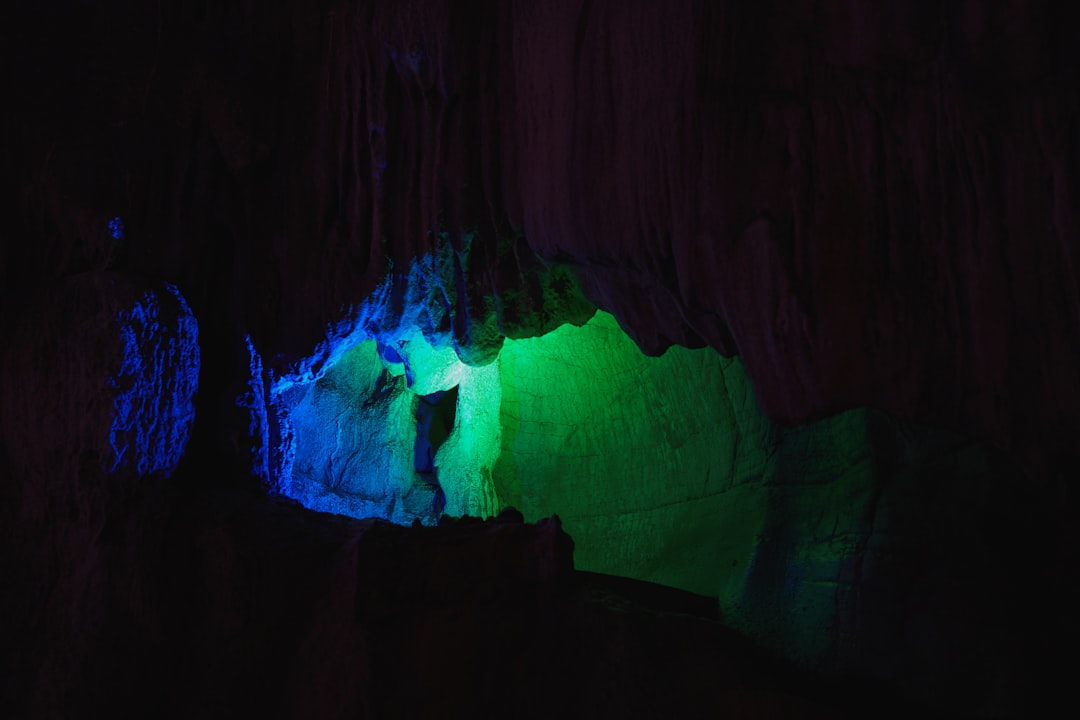
Nestled in the heart of northwest Alabama, Dismals Canyon stands as perhaps America’s most spectacular glow worm destination. Known locally as “Dismalites” in consequence of their presence in Dismals Canyon, a National Natural Landmark in northwest Alabama, this privately owned natural wonder harbors one of the few places in the United States where these centimeter-long glowworms thrive in impressive numbers.
The canyon itself resembles something from Middle Earth, with beautiful high canyon walls covered in moss that would “weep” like a slow, trickling rain drops. The population of dismalites peaks twice a year when the larvae hatch – in late spring and early fall – giving a dazzling show of light. Visitors describe the experience as witnessing “a thousand stars on a dark night” where “the steep rock face looks like a star-filled sky” when conditions are perfect.
Hazard Cave at Pickett State Park, Tennessee – A Living Constellation
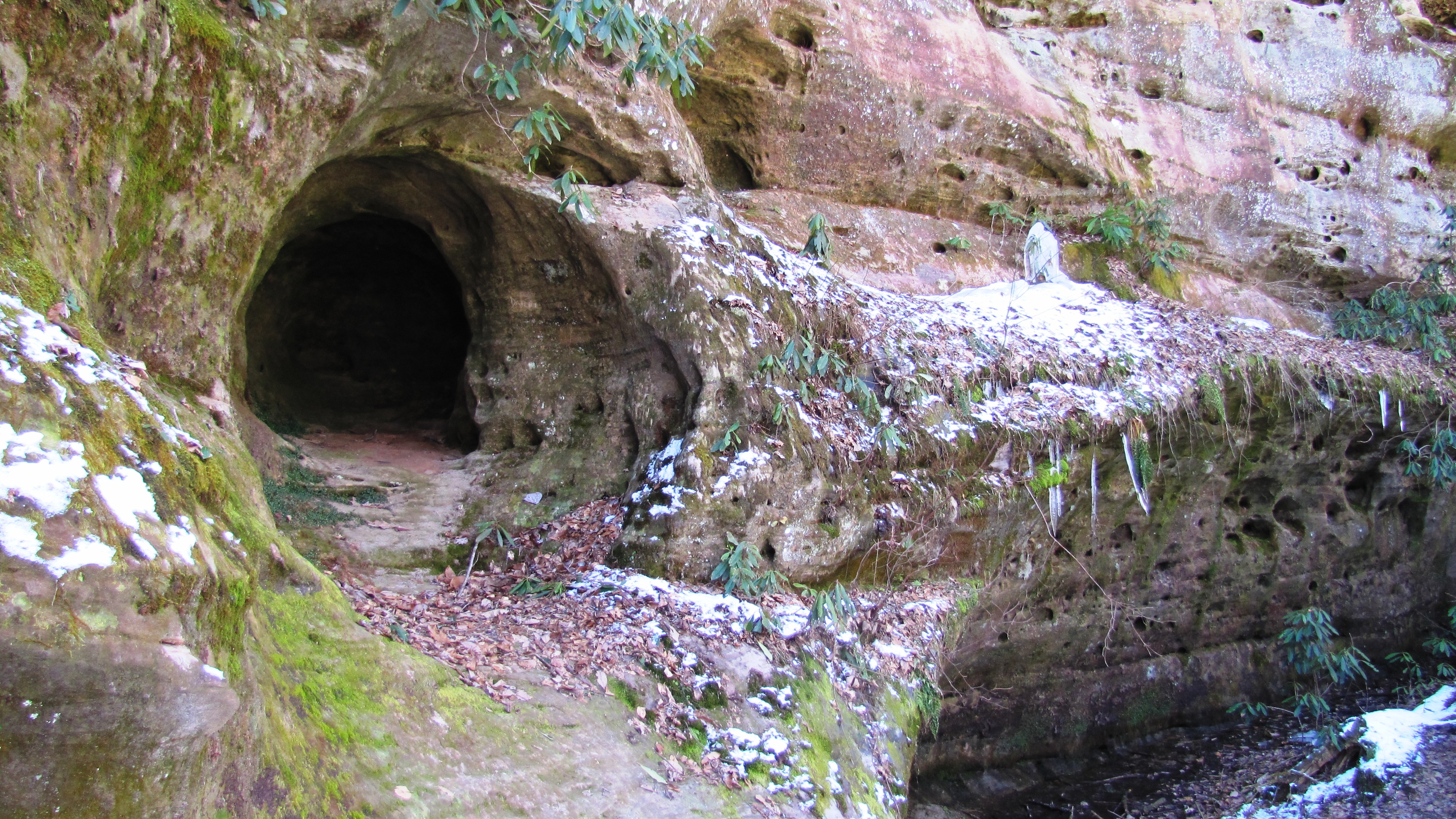
Located in the rugged terrain of Tennessee’s Cumberland Plateau, Hazard Cave offers another spectacular glimpse into this rare phenomenon. From mid to late May through early July each year, the inside of Hazard Cave turns into a stunning starscape thanks to a bunch of tiny “glow worms”. The cave, actually a large sandstone shelter rather than a true cave, was named after former Pickett State park manager, James Hazard.
These glow worms were discovered in 1975, and still much is unknown about them. Rangers lead special nighttime tours during peak season, carefully protecting these delicate creatures by allowing only guided access after dark. While these larvae can be seen year-round, they’re at their peak during the first weeks of June, creating an otherworldly atmosphere that transforms the rock shelter into nature’s cathedral of light.
Natural Bridge State Park, Kentucky – Hidden Gems of the Red River Gorge

Kentucky’s Red River Gorge region harbors several locations where these rare bioluminescent displays occur. Though less publicized than Alabama’s famous canyon, the larvae of Orfelia fultoni can be found in natural areas from Kentucky to Alabama. The sandstone formations and humid microenvironments of the gorge provide ideal conditions for these creatures to thrive.
Local naturalists have documented populations in various rock shelters throughout the area, particularly in locations with constant moisture and protection from direct sunlight. The timing here follows the same patterns as other locations, with peak activity occurring during late spring when environmental conditions align perfectly for the larvae’s glowing displays. These hidden populations represent some of the northernmost occurrences of this remarkable species in its limited Appalachian range.
Lost River Cave, West Virginia – Appalachian Mountain Mystery
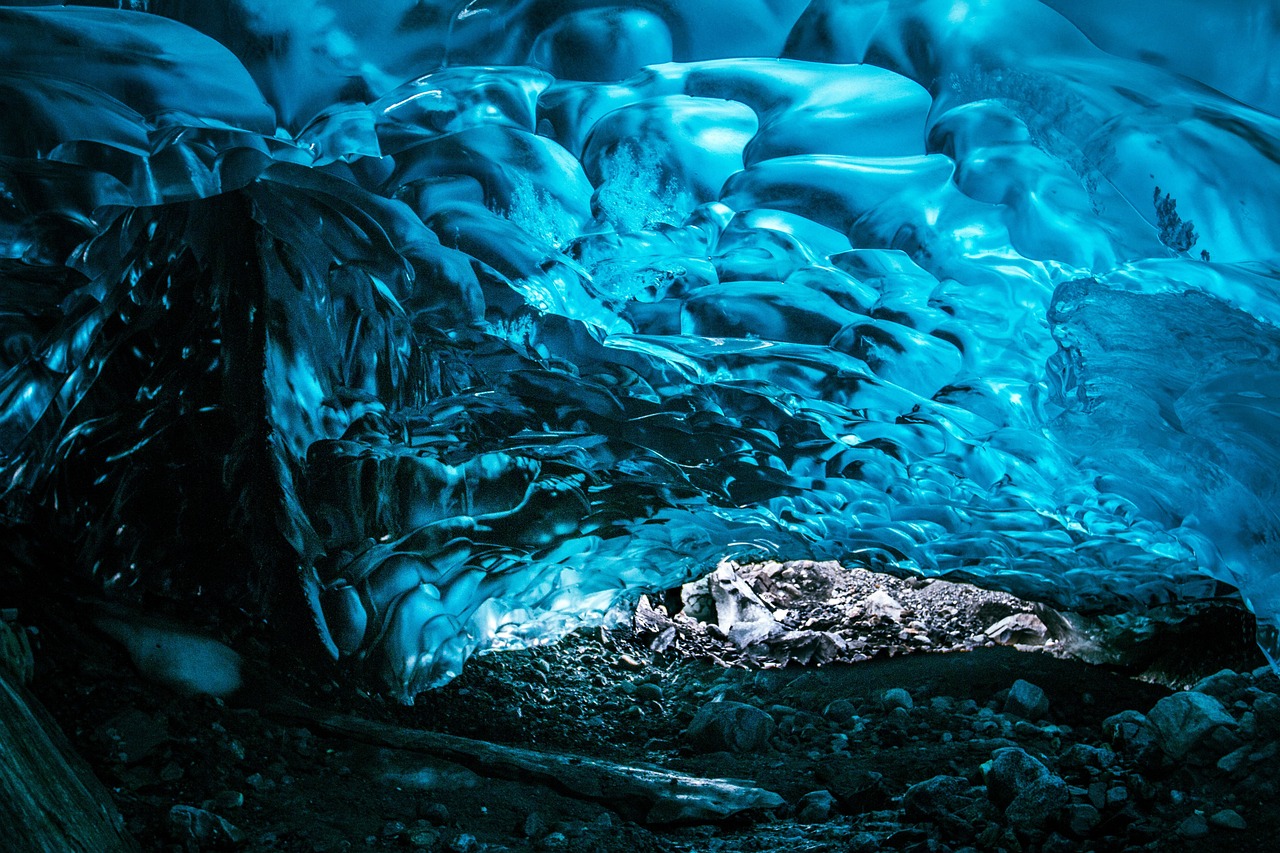
The mountainous terrain of West Virginia provides several suitable habitats for glow worm populations, though they remain largely undocumented by tourism. The species occurs in the Appalachian Mountains and Cumberland Plateau, primarily in the states of Alabama, North Carolina, Tennessee, and Virginia. Local cavers and biologists have reported sightings in various limestone and sandstone formations throughout the state.
These populations represent some of the most pristine and undisturbed glow worm habitats, existing in caves that receive minimal human traffic. The larvae here maintain their natural cycles undisturbed by artificial lighting or human interference. While not commercially promoted for tourism, these locations offer researchers valuable insights into the natural behavior and ecology of these fascinating organisms in their most natural state.
Great Smoky Mountains National Park, North Carolina – Border Cave Phenomena
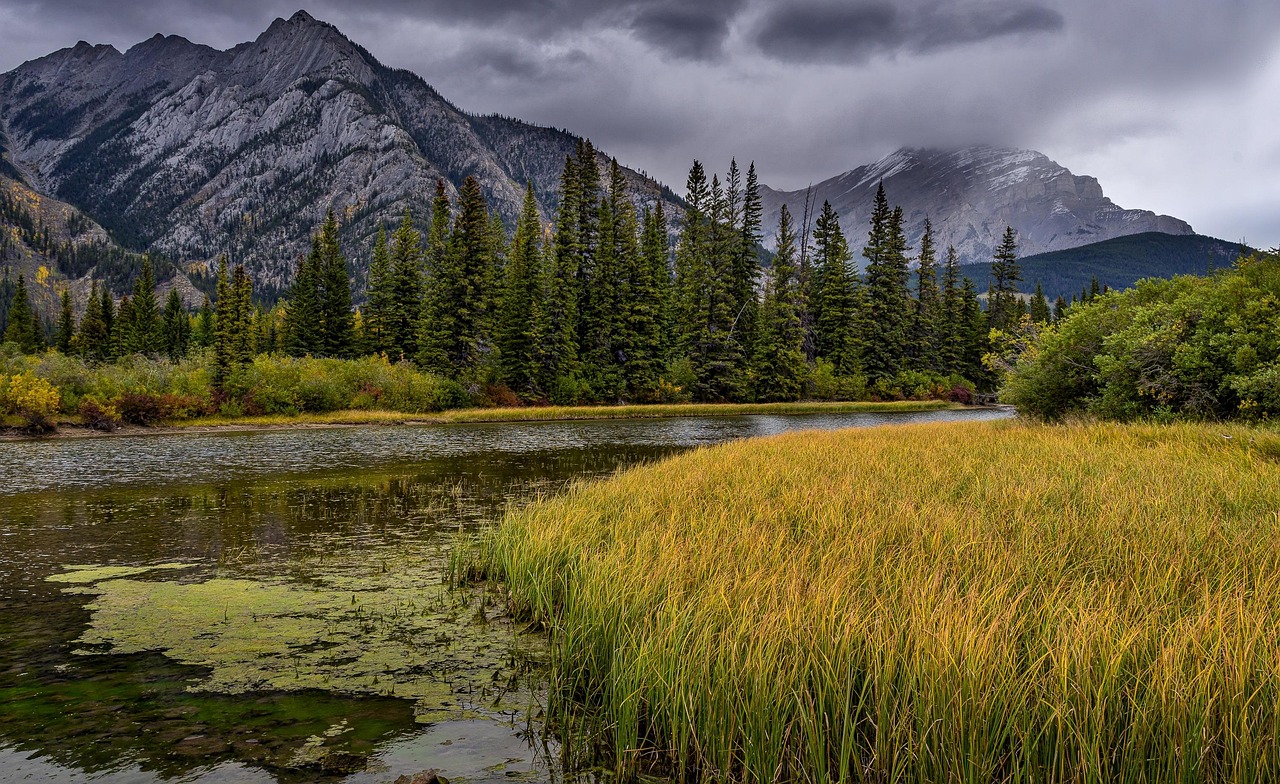
The North Carolina sections of the Great Smoky Mountains contain several documented populations of glowing larvae. The species occurs in the Appalachian Mountains and Cumberland Plateau, primarily in the states of Alabama, North Carolina, Tennessee, and Virginia. These high-elevation locations experience cooler temperatures and higher humidity levels that create perfect conditions for the organisms.
Park researchers have identified multiple cave systems and rock shelters where small populations exist, though access remains restricted to protect both the creatures and their fragile ecosystems. The cooler mountain climate here extends the active season slightly compared to southern locations, sometimes allowing viewing opportunities into early summer. These populations represent important genetic reservoirs for understanding the species’ adaptation to different elevation zones within its range.
Blue Ridge Mountains, Virginia – Stream Bank Sanctuaries
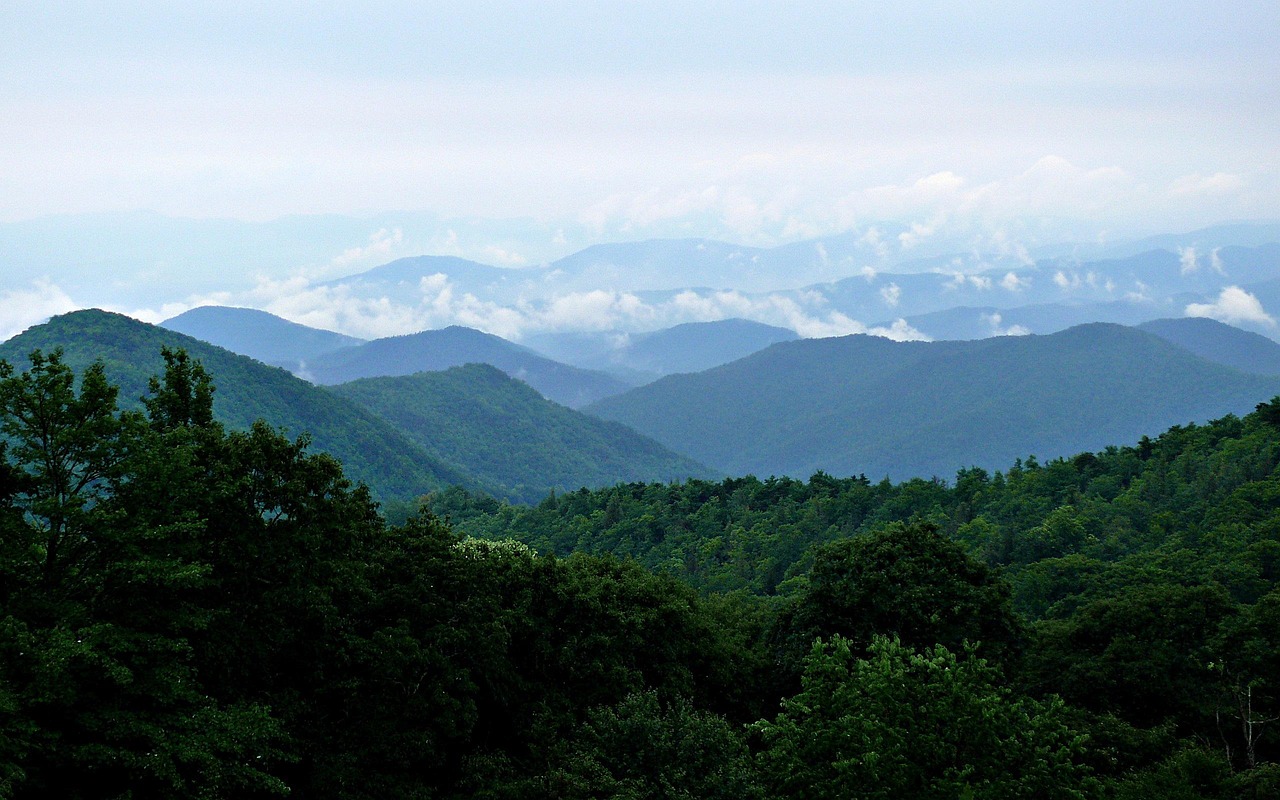
Virginia’s Blue Ridge region hosts several populations along its numerous stream banks and rocky outcrops. The larvae of the species live in stream banks among moss and rock cavities, as well as in wet sandstone caves. These locations often go unnoticed by casual observers, as it’s unlikely people would see the larvae outside of concentrated areas like Dismals Canyon, as they go almost completely unnoticed in the wet areas along streams.
Local naturalist groups have documented populations in the George Washington National Forest and surrounding areas. The Virginia populations tend to be smaller and more scattered than their Alabama counterparts, representing the northeastern edge of the species’ range. These sites require careful searching and optimal timing to observe, making them treasures for dedicated nature enthusiasts willing to venture into the region’s most secluded valleys and gorges.
Fall Creek Falls State Park, Tennessee – Waterfall Cave Systems
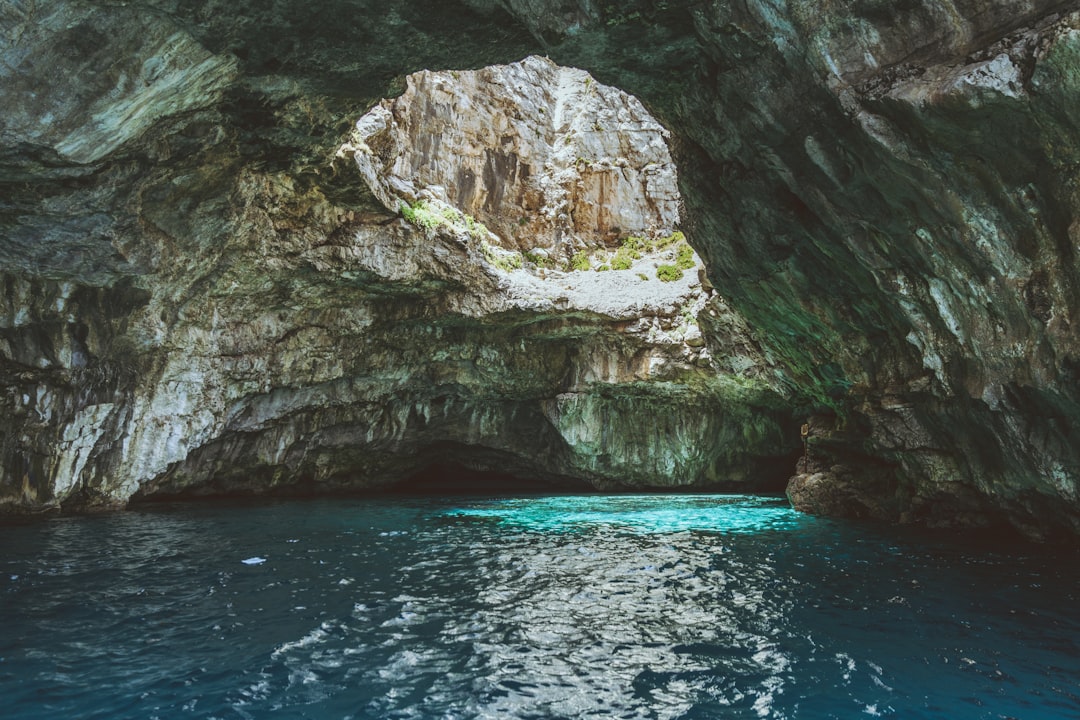
The dramatic gorges and waterfall systems of Fall Creek Falls provide several microhabitats suitable for glow worm populations. The constant moisture from cascading waterfalls creates the humid conditions these larvae require. “The steep, well-shaded rock faces and very humid cave-like setting with a lot of algae offers a place where they can concentrate their numbers”.
Behind and alongside several of the park’s waterfalls, small populations have been documented by park naturalists. These locations remain largely unknown to the general public, as they require specialized knowledge to access safely. The combination of flowing water, shaded rock faces, and abundant moisture creates perfect nurseries for the larvae, though their populations here tend to be seasonal and dependent on water flow conditions throughout the year.
Cumberland Falls State Park, Kentucky – Moonbow Territory Mysteries
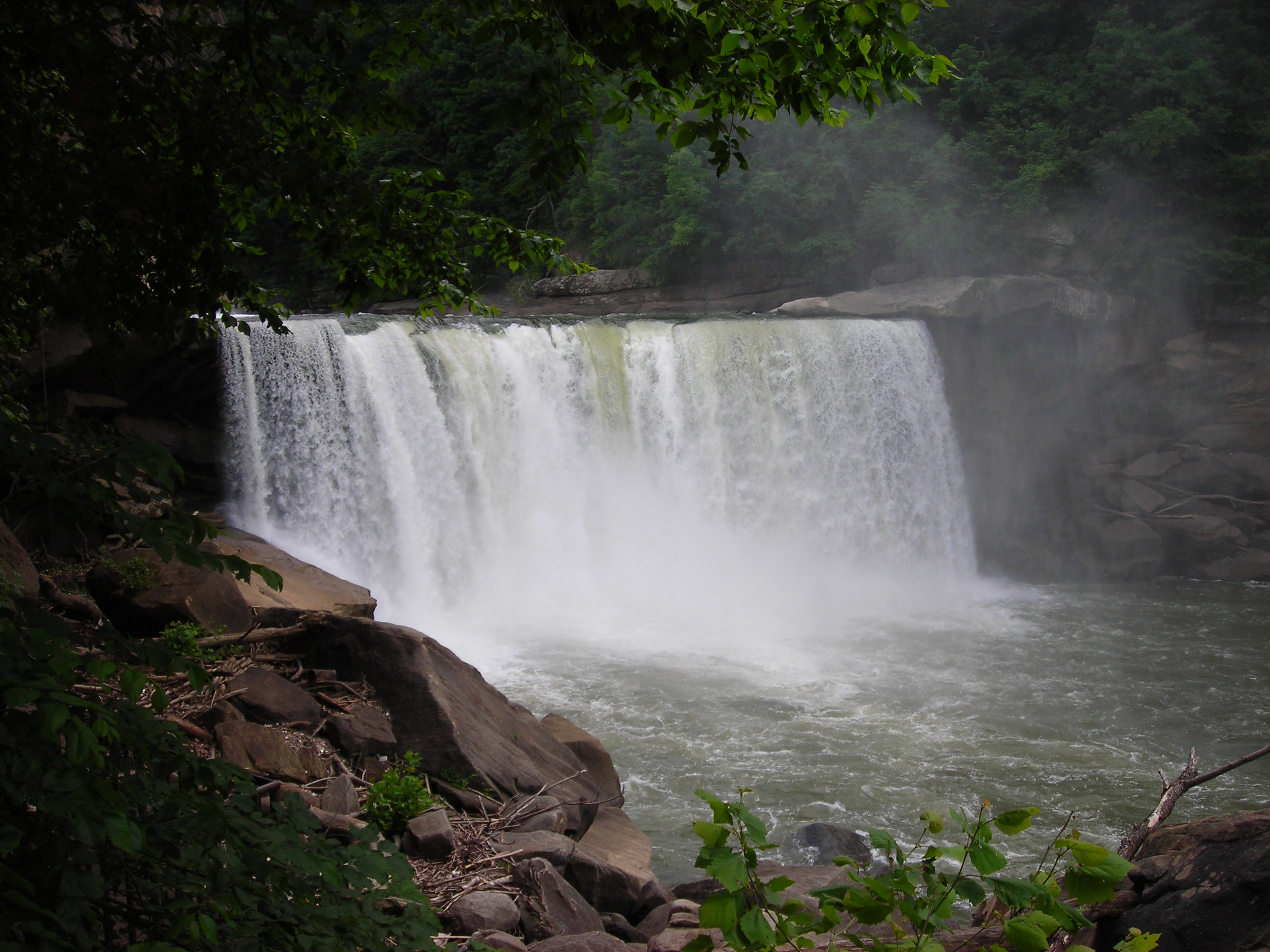
Famous for its rare moonbow phenomenon, Cumberland Falls State Park also harbors populations of these bioluminescent larvae in its surrounding gorge systems. The same geological conditions that create the park’s dramatic waterfalls also provide ideal habitats for glow worms. The sandstone and limestone formations offer numerous crevices and sheltered areas where larvae can establish their sticky webs.
These populations remain relatively unstudied, representing frontier territory for researchers interested in documenting the full extent of the species’ range. Local cave explorers have reported occasional sightings in the deeper recesses of the gorge, particularly in areas where underground streams emerge from rock faces. The park’s commitment to preserving natural darkness for moonbow viewing inadvertently protects these light-sensitive creatures from artificial illumination.
Breaks Interstate Park, Kentucky-Virginia – Border Cave Wonders
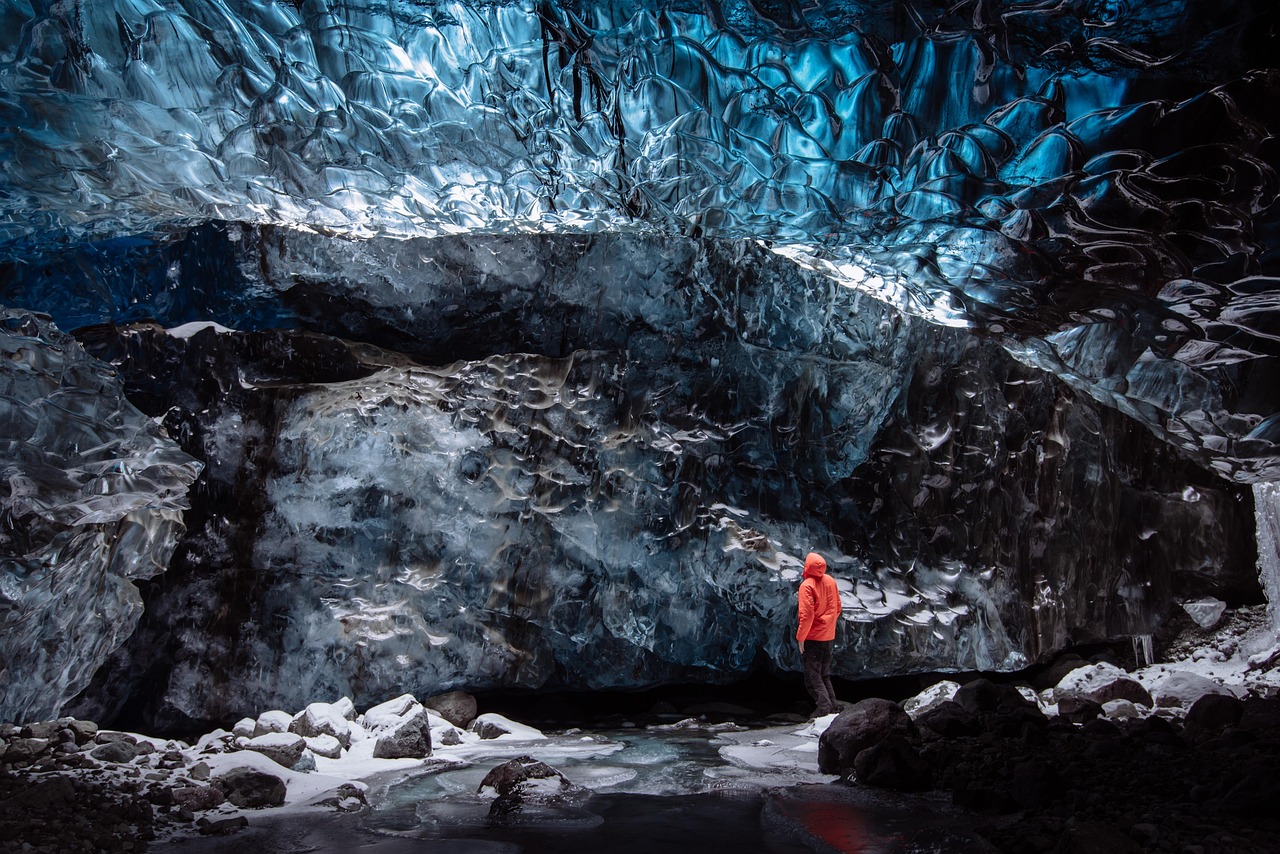
Straddling the border between Kentucky and Virginia, Breaks Interstate Park contains several cave systems and rock shelters that support small glow worm populations. The park’s rugged terrain and minimal development provide relatively undisturbed habitats where these creatures can flourish without human interference.
The populations here represent some of the most isolated examples of the species, existing in caves that see very few human visitors throughout the year. These locations offer unique opportunities for scientific study, as the larvae exhibit natural behaviors unmodified by tourism or artificial lighting. The park’s commitment to preserving its wild character helps maintain the pristine conditions these delicate organisms require to survive and reproduce successfully.
Mammoth Cave National Park, Kentucky – Underground Frontier
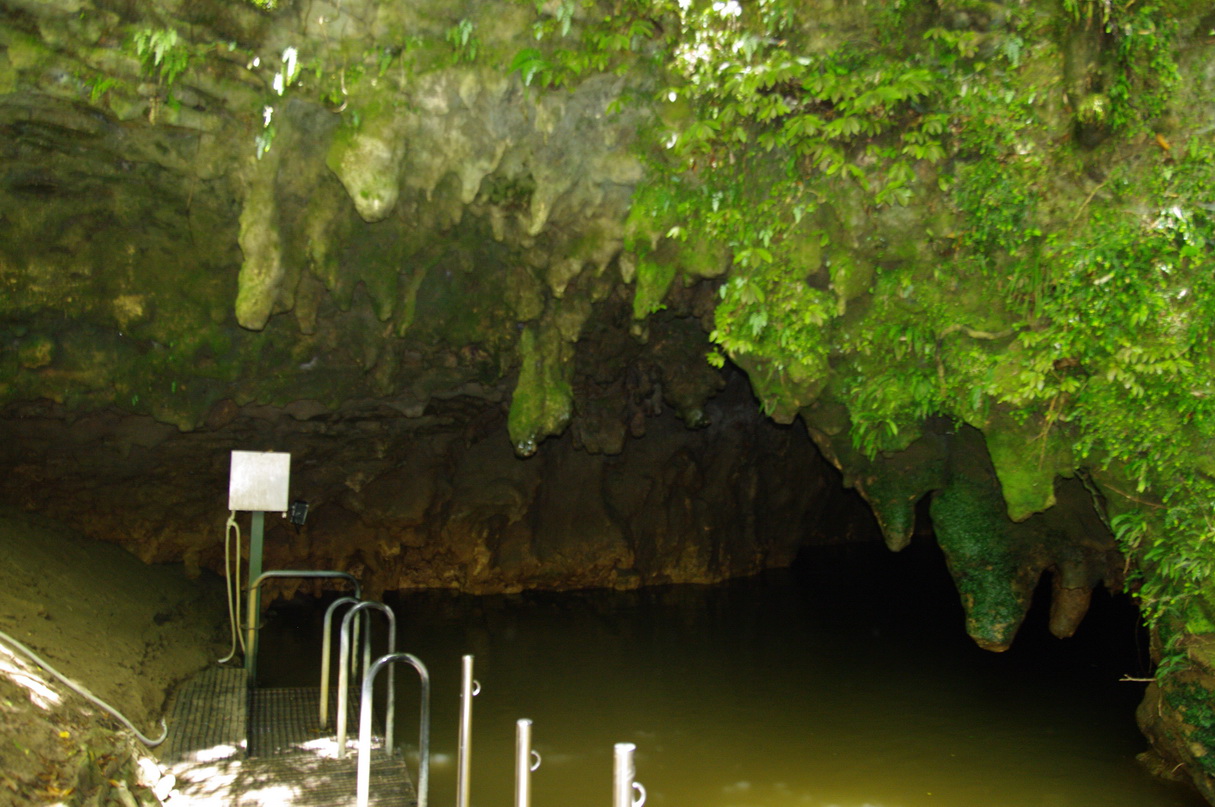
While the main Mammoth Cave system doesn’t host these particular glow worms, the surrounding karst landscape contains numerous smaller caves and rock shelters where populations have been documented. The limestone geology and underground water systems create the humid microenvironments these larvae need to survive.
Park researchers continue to survey remote areas of the park for additional populations, as much of the vast cave system remains unexplored from a biological standpoint. These potential populations represent the northwestern edge of the species’ known range, and their discovery would significantly expand our understanding of how these organisms adapted to different geological and climatic conditions across the Appalachian region.
The Science Behind the Spectacular Blue Glow
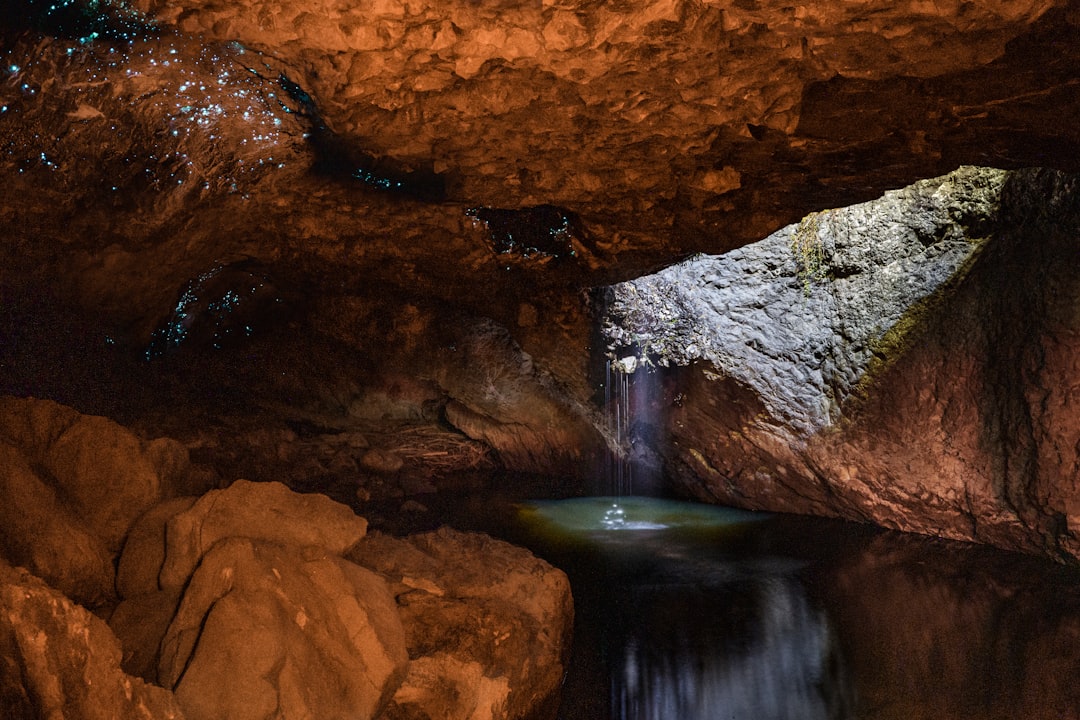
The mesmerizing blue light produced by these creatures results from one of nature’s most sophisticated chemical processes. Larvae produce the bluest bioluminescence (460 nm) among insects through a complex biochemical system that requires a luciferase enzyme, a luciferin, a substrate binding fraction (SBF) that releases luciferin in the presence of mild reducing agents, molecular oxygen, and no additional cofactors.
The luciferase of O. fultoni is a stable enzyme active as an apparent trimer (220 kDa) composed of ~70 kDa monomers, with an optimum pH of 7.8. Unlike their famous relatives in New Zealand caves, the absence of cross-reaction between Arachnocampa and Orfelia luciferins and luciferases, as well as morphological differences between their lanterns, leave little doubt that bioluminescence arose independently. The larvae light up at both the head and the tail, another unique feature, creating the appearance of tiny blue stars scattered across cave walls.
These remarkable caves represent living laboratories where one of nature’s rarest light shows continues to unfold in the darkness. Climate change and light pollution threaten these delicate ecosystems, making their protection more crucial than ever. Each visit to these underground wonderlands offers a glimpse into an ancient world where chemistry becomes artistry, and tiny insects create magic that rivals any human technology.
What other hidden treasures might be waiting in America’s unexplored caves? Share your thoughts about these glowing gems in the comments below.




